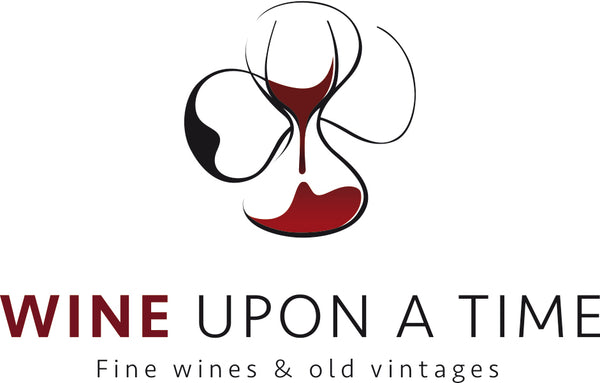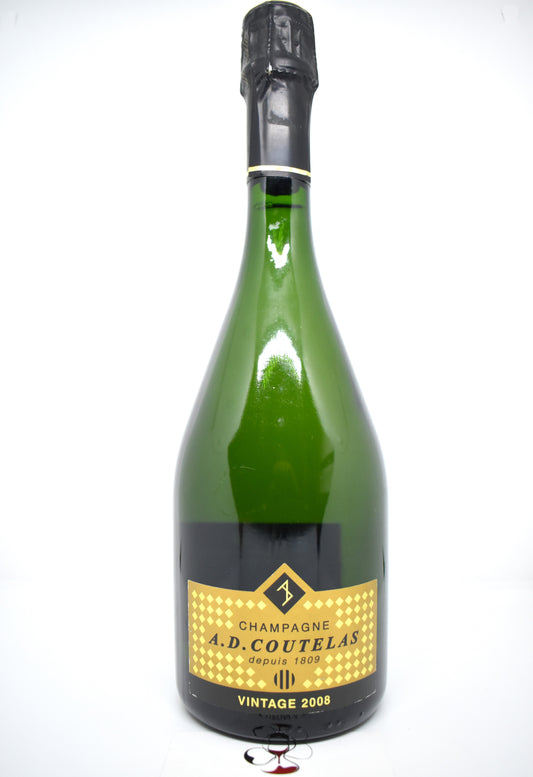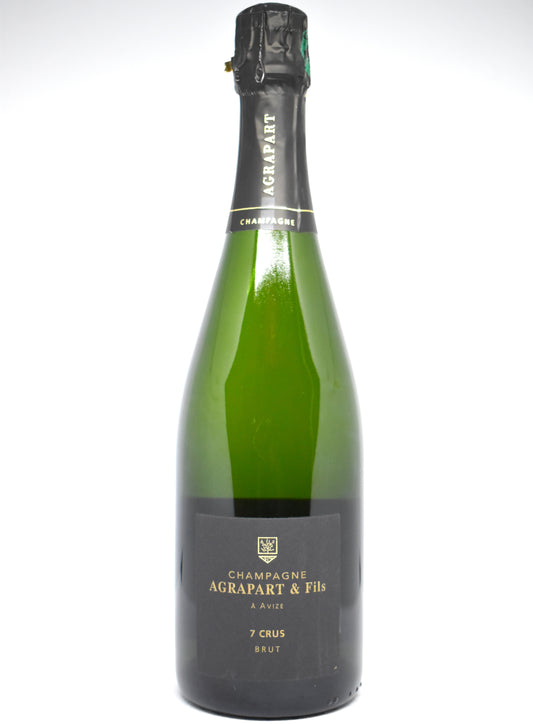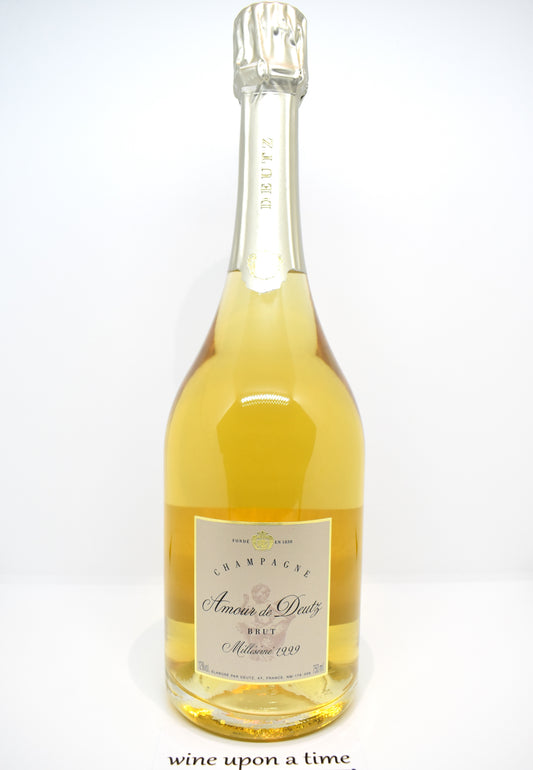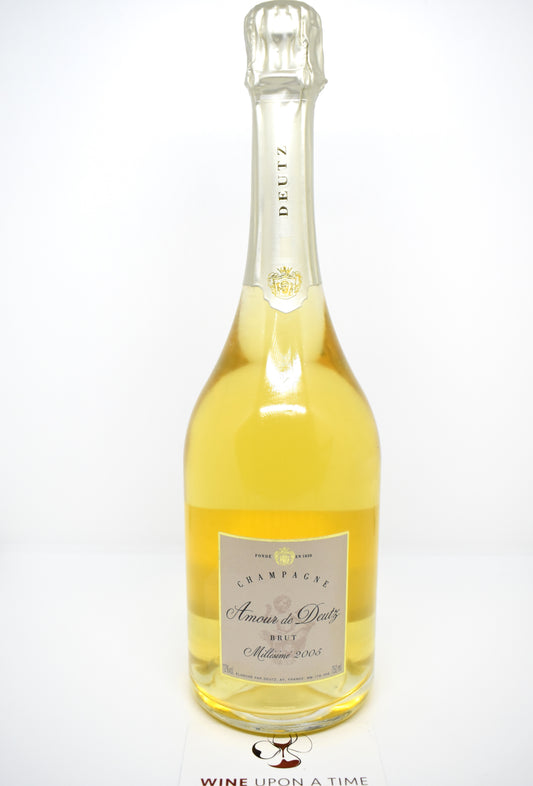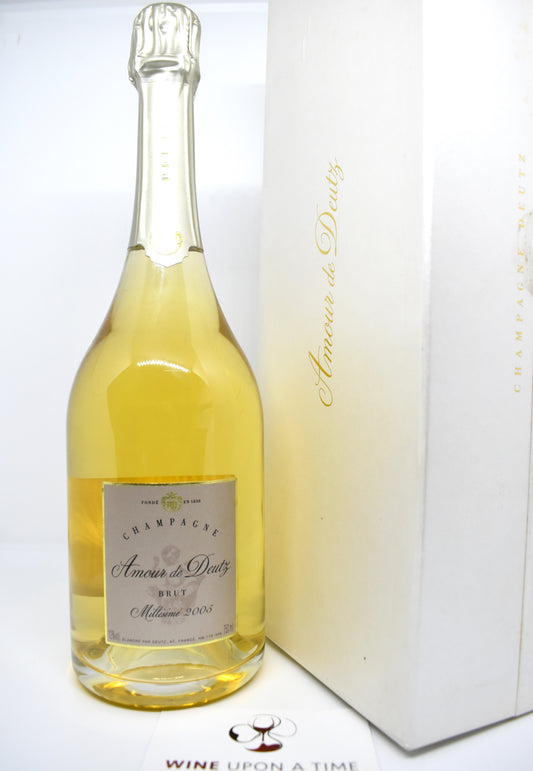Champagne is a region located in the northeast of France, known worldwide for its sparkling wines, produced using the traditional method, also called "méthode champenoise". This sparkling wine, synonymous with celebration, luxury and elegance, is produced exclusively in this region, whose cool climate and chalky soils give the wines a characteristic finesse and acidity. The Champagne houses, often emblematic, perpetuate a centuries-old know-how that makes this wine an exceptional product.
The main regions of Champagne
Champagne is divided into four main wine-growing sub-regions, each offering specific characteristics in terms of terroir and grape varieties:
Mountain of Reims
Located in the north of the region, this area is renowned for its Pinot Noir grape variety. The Montagne de Reims produces more structured and powerful champagnes:
- Pinot Noir : Dominant in this region, it brings aromas of red fruits, structure and wines suitable for aging. Champagnes made from this grape variety often have a beautiful intensity.
- The villages of Verzenay , Bouzy and Ambonnay are among the most prestigious, classified as Grand Cru.
Marne Valley
This region is located along the Marne River and is renowned for its Pinot Meunier, a grape variety that resists well to the more humid climate and produces fruity and accessible champagnes:
- Pinot Meunier : This grape variety brings aromas of fresh fruit (apples, pears, red fruits) and a roundness which makes the wines more supple and easy to drink young.
- The villages of Aÿ and Mareuil-sur-Aÿ are particularly renowned for their quality champagnes.
White Coast
Located south of Épernay, the Côte des Blancs is exclusively planted with Chardonnay, and produces fine, elegant and very mineral champagnes:
- Chardonnay : This is the king grape variety of white wines from Champagne. It brings freshness, finesse and floral and citrus aromas. The blanc de blancs champagnes (made exclusively from chardonnay) from the Côte des Blancs are particularly prized for their purity and their ability to age well.
- The villages of Le Mesnil-sur-Oger , Cramant , Avize and Oger are famous for their Grands Crus of chardonnay.
Coast of Bar
Located further south in the region, the Côte des Bar is distinguished by its clay-limestone soils, closer to those of Burgundy, and by a production dominated by Pinot Noir:
- Champagnes from this region often have fruity aromas and a beautiful roundness. Although less prestigious historically, the Côte des Bar today produces highly sought-after champagnes, often with a more expressive character.
The emblematic grape varieties of Champagne
Champagne is best known for its three grape varieties used in the production of sparkling wines, each making a unique contribution to blends:
- Pinot Noir : It brings structure, aromas of red fruits and a beautiful longevity to the champagne. This grape variety is often used in rosé champagnes and vintages with a strong character.
- Pinot Meunier : Less noble than Pinot Noir, but just as important, it gives wines fruity aromas and a pleasant roundness. It is often used for champagnes to be drunk young.
- Chardonnay : The region's white grape variety par excellence, it brings finesse, freshness and aromas of citrus fruits, white flowers and sometimes brioche with aging. "Blanc de Blancs" champagnes are made exclusively from Chardonnay.
The Champagne method
The traditional method or méthode champenoise is a specific process that gives rise to the bubbles characteristic of champagnes. Here are the main steps:
First fermentation : The juice from the grapes is vinified into still wine (without bubbles).
Blending : Wines from different plots, grape varieties or years are blended to create balanced cuvées. Vintage champagnes, on the other hand, come from a single harvest year.
Second fermentation : After the addition of yeast and sugar (liqueur de tirage), the bottles are closed and stored for a second fermentation in the bottle. This is when the bubbles form naturally.
Aging on lees : The bottles are left on lees (dead yeasts) for at least 15 months (for non-vintage champagnes), which enriches the wine in aromas and complexity.
Riddling and disgorging : After aging, the bottles are tilted and gradually turned (ridding) to bring the yeast deposits down into the neck, then these deposits are expelled (disgorging).
Dosage : Before closing the bottles, a small quantity of liqueur d'expédition (mixture of wine and sugar) is added, determining the type of champagne (brut, dry, semi-dry).
The different types of Champagne
Brut Nature (or Zero Dosage) : No sugar added during dosage, giving a very dry and lively champagne.Brut : The most common style, with a small amount of sugar added, but remaining very dry.
Demi-Sec : A sweeter champagne, often served with desserts.
Blanc de Blancs : Champagne made exclusively from Chardonnay, renowned for its finesse and lightness.
Blanc de Noirs : Made only from Pinot Noir and/or Pinot Meunier, it is generally more structured and fruity.
Rosé Champagne : Obtained either by maceration of Pinot Noir skins or by adding a little red Champagne wine to the blend. These champagnes offer aromas of red fruits and a beautiful freshness.
Large houses and independent winegrowers
The Champagne region is home to prestigious houses such as Moët & Chandon , Veuve Clicquot , Dom Pérignon , Krug and Bollinger , which produce internationally renowned champagnes. These houses own vast vineyards and also buy grapes from many producers. They are famous for their prestige cuvées and their ability to create consistent champagnes year after year through blending.
At the same time, independent winemakers are playing an increasingly important role, producing champagnes that reflect the specific terroir of their vineyards. Houses such as Jacques Selosse and Egly-Ouriet have distinguished themselves with their terroir champagnes, often produced in limited quantities.
In summary
Champagne is much more than just a sparkling wine: it is a true work of art born of unique know-how and exceptional terroirs. Whether it is an elegant blanc de blancs, a structured brut or a fruity rosé, each champagne tells the story of its house, its vineyard and the tradition that surrounds it. With its diversity of styles and its multiple grape varieties, Champagne continues to seduce amateurs from all over the world, embodying luxury, celebration and sophistication.
